Family heirlooms can be works of art in their own right; this charming antique album is a perfect example of an item with great sentimental significance to a family, which also carries interesting artistic merit. The album recently came to Book and Paper Conservation Services for repair and preservation.
The 19th century album has been personalized with the owner's initials in the bottom right corner.
The album, c. 1905, had been created by an ancestor of the current owner, who was an art student in Edinburgh, Scotland at the time. An inscription on the first page dedicates the album to the girl's sister. Albums like this were popular in the late 19th and early 20th century, manufactured as blank books and intended to be filled with autographs, sketches or collages by the owner and their friends and acquaintances.
A charming collaged page shows a tribute to Scottish bard Robbie Burns.
Portrait of an artist, by a friend of the book's owner.
The owner of this book had a wide circle of artistic friends, and many of the pages feature skilled drawings by known artists, as well as personal notes and images of Scottish landmarks.
The entries range over a decade or so, and are executed in a variety of media, including pen and ink, watercolour, oil paint, and collage. Some pages have had tissue tipped in between to protect the drawings, but most of them are open and artworks alternate with blank pages interspersed.
The binding of the album presents damage - the leather is cracked and the interior of the padded front cover is exposed.
An old repair tape has yellowed and become brittle.
The album was generally in good condition, but presented some damage to both the binding and text block. It is not uncommon for delicate materials used in the early 20th century to suffer wear and tear after over 100 years, even with gentle handling; however, if not addressed the damages will escalate the more the album is handled and viewed.
Old repair tape being removed.
Conservation treatment involved several steps. Damage to the front cover of the binding was repaired using Japanese tissue toned to match the original leather colour. An old strip of repair tape on a significant page in the album had become yellowed and brittle, and was removed so as not to cause further staining to the page. A new repair of Japanese tissue was applied in its place. A split in the text block was strengthened with a strip of Japanese paper as well.
Repair to headcap of the album's leather binding.
Interleaving the pages with acid-free tissue.
Unstable media used in a number of the drawings, including both oil paint and iron-gall ink, had caused "burning" to the paper, some of which transferred to the verso and opposite pages in the book; some graphite drawings had also transferred loose media to the page opposite. The solution, in order to arrest further deterioration, was to interleave the pages with acid-free tissue and sheets of mylar, where necessary.
The pages are interleaved with acid-free tissue and mylar where necessary.
Conservation treatment at our studio has repaired the damages to the album, stabilizing it against future degradation and allowing it to be handled and viewed safely. The owners plan to digitize each page and make reproduction copies so that the original will not need to be viewed excessively, allowing all the family members to keep a copy of this wonderful heirloom.
The album after conservation treatment.
For more information on the work we do, and to see examples of other treatments, please browse our portfolio sections for rare books and archival materials! Get in touch today if you have a treasured object you are interested in having preserved.






















